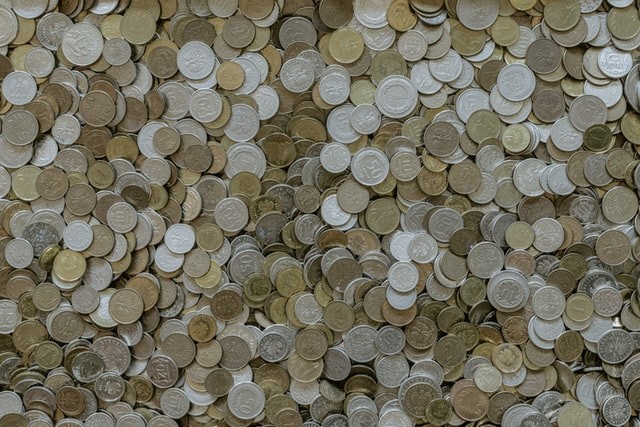US Mint: Americans Should Circulate Their Loose Change to Fight Coin Shortage

The director of the United States Mint asked Americans to help the agency fight a national coin shortage by circulating more coins.
"Right now coins aren't circulating through the economy as quickly as they were prior to the COVID-19 pandemic," David Ryder, director of the national mint, was quoted in a report.
Ryder also suggested contributing more coins into the economy by using exact change, turning coins in at banks or exchanging them for cash at recycling coin kiosks.
The notable decline in economic activity and people's inclination to use more cashless payment have driven off steady circulation of coins.These were all brought by the COVID-19 pandemic.
Grocery stores and retailers across the states have warned consumers of shortages and have asked them to pay in either exact change or with credit cards.By doing these, they can keep a meager supply of coins available.
The U.S. Treasury said that $47.8 billon coins were in circulation in April this year. About $400 million more than in April last year.The coin shortage is widely experienced by people in coin-heavy services such as laundromats and public transportation.
Ryder ensures that the Mint workforce are working as hard as they possibly can to get newly produced coins into the economy. "This is not a coin supply problem. This is a circulation problem and I am here to ask for your help," Ryder was quoted.
Lower-income residents that are earning less than $50,000 a year are more likely to pay with cash. Many do not use banks and rely on cash payments, especially for purchases below $10.
U.S. Mint said these Americans will be at greater risk of having their normal buying behavior disrupted if not addressed right away.
A Federal Deposit Insurance Corp. 2017 survey said that around 7 percent of Americans do not have bank accounts.
Adding to that the 12 million Americans who lost their jobs due to the pandemic.
Coin Shortage
U.S. Banks were reluctant to accept coins and removed coin counting machines, which caused coins to be put on piggy banks and coin jars.
Local businesses are also starting to feel the effect of the coin shortage.
Dr. Scott Schuh, an associate professor of Economics at WVU, said that they do not know the demand for currency in circulation increased by 7.5 percent from mid-March to the end of June.
He added that that is a 42 percent annual rate which is "crazy high."
The U.S. Mint also began a coin task force in late June to help circulate coins.
The U.S. Coin Task Force is responsible for working together to implement, identify, and promote actions to reduce the consequence and duration of disruptions brought by COVID-19 to the coin circulation.
The task force will have members and representative from groups such as United States Mint, Federal Reserve, Armored Carriers, American Bankers Association, Independent Community Bankers Association, and Retail Trade Industry among others.
Coin industry partners are urged to use the social media to promote the circulation of coin using the hashtag #getcoinmoving.
Check these out:
Want to Make Money from Home? Here are the Things You Can Do
Club Penguin Codes, Cheats, Tips, and Tricks: How to Get Money Fast, Find Secret Items, and More
Money In The Sky: $1 Million Dollars in Drug Money is Dropped From Plane in Bolivia
Subscribe to Latin Post!
Sign up for our free newsletter for the Latest coverage!

















